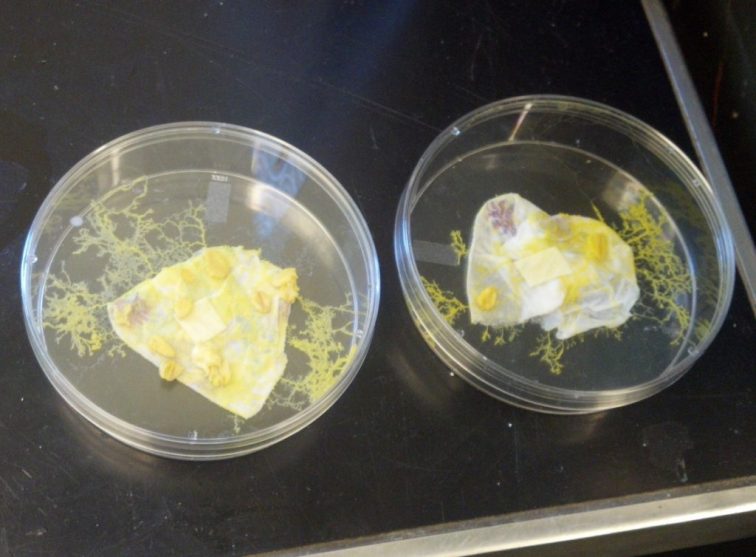I’ve made a couple new updates to my photogate software and I think it’s now basically in its final version. One of the major updates is that rather than updating the graph with every new data point, the program now collects data from the Arduino as fast as it can, then every 150ms it updates the graph with whatever it has. Doing this, rather than forcing the graph to update with any new data, has improved the program’s refresh rate to about 100 Hz, which should be more than enough. I think you can see the increased resolution on the data pretty clearly in the graphs.

Another thing the program now does is prompt the user to align the laser and the receiver when it first starts up.

Now what remains software-wise is for me to package this into an executable that teachers can use without knowing anything about Python. I had some trouble getting the py2exe executable maker installer to work so I’ve been trying PyInstaller as an alternative. It seems to work fine under Linux, but now I need to be able to run it under Windows and Mac OS in order to package for those systems. Windows in particular is being a pain since it doesn’t have a package manager to do the job. Hopefully I’ll get this sorted out soon.
My other project for Triple Helix this week has been a complete change of pace: I’ve been growing microbes! Specifically, I’ve been working on cultivating slime mold and kombucha. Kombucha is a fermented tea drink that forms through the action of a SCOBY, i.e. a symbiotic culture of bacteria and yeast. My SCOBY, which came in the mail as a small rubbery disk, is sitting in a jar of sweet yerba mate and green tea. (I’m told that both the caffeine and the sugar are needed for the culture to develop.)



Every once in a while I pour out a bit and taste it; I can definitely observe that the acidity has developed over the course of this week. You can also see the beginning of a new SCOBY forming on the tea’s surface.

Aside from the obvious option of creating a healthy beverage with this culture, there are intriguing possibilities for use of the SCOBY itself that are just now being conceived. In particular, some designers are interested in the potential of dried SCOBY as a leatherlike product for clothing. There is much to be worked out about what variables might make the SCOBY most suitable for leather, but in the meantime it may provide an interesting project for students in the fall PDI studio.
Growing the slime mold has been quite a different experience from growing the kombucha. The slime mold grows VERY fast, and rather than growing as a rubbery mass, it grows tendrils that form a network between nutrient sites.


The mold came in an inert state, infused into some paper. I stuck it on a moist towel in a petri dish, added oatmeal for nutrients, and began to observe. One day was enough to see the mold cover the paper towel. After two days, the tendrils spread out onto the plastic.

This spreading-out behavior has very interesting implications for cross-disciplinary classroom instruction. When the spreading tendrils encounter a piece of food, the pathway to that food is thickened. Effectively the slime mold is teaching a computing concept because it is implementing a path optimization algorithm. In fact, some scientists have actually gone ahead and tried to formalize their idea of what the algorithm is. This has even been put to the test with samples of slime mold placed on a US map, tasked with finding optimal paths for building roads.

Towards the end of the week I saw these black spots forming at the edge of the petri dishes. At first I thought the slime mold was dying or being overtaken by some other microorganism, but after some research I’m pretty sure that these are the “fruiting bodies”. Basically the mold has run out of moisture and food and has produced spores with the intent of colonizing somewhere else. Too bad it’s in a Petri dish.
Some biologists have used microscopes to image slime mold fruiting bodies and have produced some pretty amazing images.


Comments
No comments yet. Be the first to react!